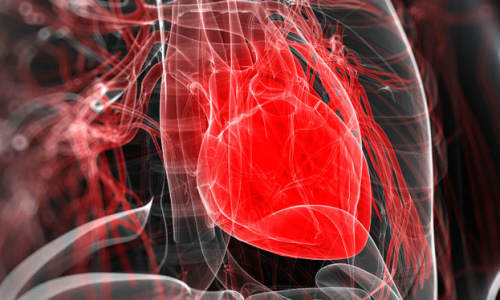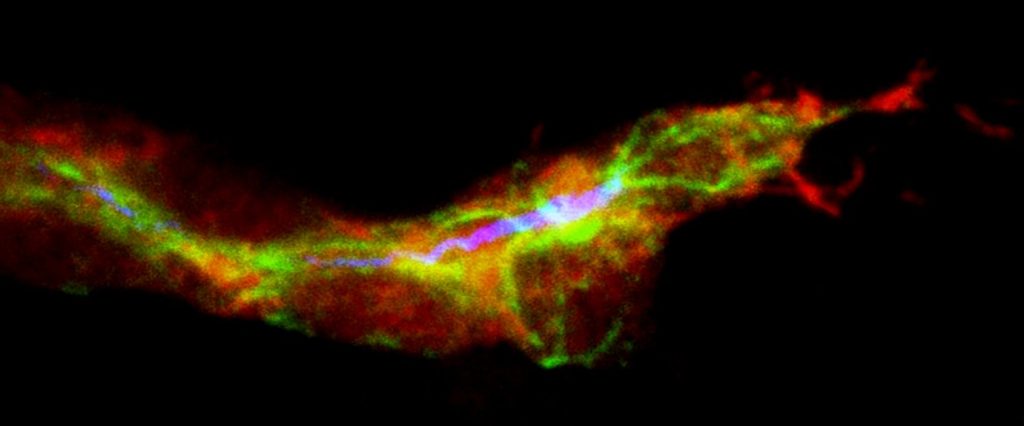Stem cell therapy is a promising option for repairing heart tissue damaged by heart attack. However, the main obstacle to cardiac stem cell therapy also happens to be pretty difficult to get around – and that’s the fact that the heart is constantly in motion.
“Cell retention is always problematic when you do cell transplantation, but in the heart it is particularly difficult,” says Ke Cheng, associate professor of regenerative medicine at NC State. “The heart’s pumping can wash cells out of the organ and they’ll either disappear or end up in other organs – where they are essentially wasted.”
Cheng specializes in regenerative medicine, and he wanted to address the problem of keeping cardiac stem cells where they belong long enough for them to settle in and start working. In 2010, he showed that it was possible to attach an iron nanoparticle to cardiac stem cells and use a magnetic field to keep the cells where they needed to be.
Now, Cheng has taken his process one step further. In a recently published paper in Biomaterials, Cheng used nanoparticles from an FDA-approved anemia drug called Feraheme to label the cardiac stem cells, then used magnets to direct the cells to the hearts of rats with cardiac disease.
“The magnetic field dramatically improved cell retention and the therapeutic effects,” Cheng says. “We’re talking about a three-fold increase in cell retention. And the fact that the label we used is an already FDA-approved drug means that we are one step closer to bringing the therapy to clinical trials in humans.”
Story Source:
The above story is based on materials provided by NC State University.





